The third-generation Ford Taurus, debuting in 1996, was intended to be a revolutionary leap forward, much like the original 1986 model that redefined the American family sedan. Ford aimed to rejuvenate its best-selling car, which had started to feel dated, with some critics suggesting fleet sales were the only thing keeping it at the top. The iconic “jellybean” appeal of the first-gen Taurus had faded by the early 90s, necessitating a radical redesign to recapture the market’s imagination.
Could the team behind “the car that saved Ford” replicate their initial success and deliver another groundbreaking vehicle if given creative freedom once more?
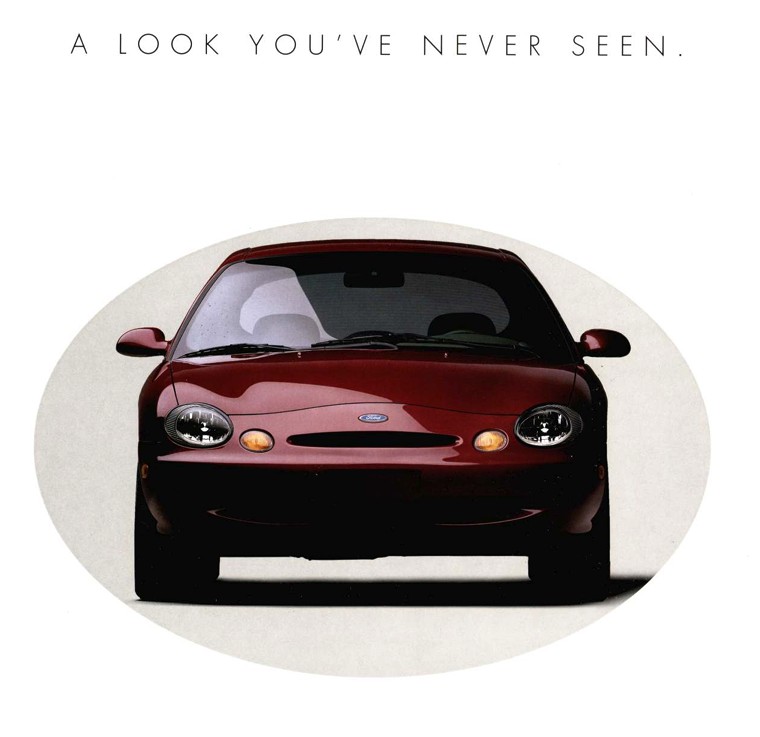 Front view of a 1996 Ford Taurus SHO in Rose Mist Clearcoat Metallic, parked on a paved surface, showcasing its oval grille and headlights.
Front view of a 1996 Ford Taurus SHO in Rose Mist Clearcoat Metallic, parked on a paved surface, showcasing its oval grille and headlights.
The result was undeniably superior to the second-generation Taurus in terms of engineering and features, yet it stumbled on two critical fronts: cost and public perception. The daring new design of the 1996 Taurus, especially the high-performance SHO variant, proved polarizing, deterring potential buyers. Simultaneously, fleet purchasers balked at the increased price, deeming the enhanced interior features impractical for their needs. Perhaps the issues began with Ford drawing inspiration from an unexpected source.
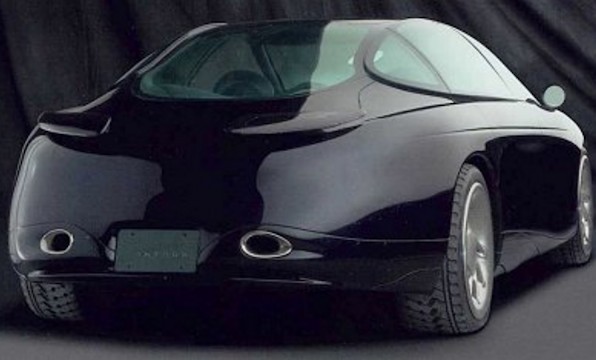 Side profile of a dark-colored Ford Contour parked on a studio backdrop, highlighting its rounded silhouette and rear window design.
Side profile of a dark-colored Ford Contour parked on a studio backdrop, highlighting its rounded silhouette and rear window design.
The Contour Concept Influence on the 1996 Taurus Design
The 1991 Ford Contour Concept, while aesthetically striking, arguably pushed design boundaries too far for the mainstream Taurus demographic. Its abundance of oval shapes and unconventional styling elements were a significant departure from the Taurus’s traditionally conservative customer base. This design philosophy, however, heavily influenced the look of the 1996 Ford Taurus.
Despite the controversially radical styling, the 1996 Taurus, including the sought-after SHO model, introduced advancements in areas where its predecessors had lagged. Ford prioritized craftsmanship and refinement, evident in the significantly upgraded interior.
Enhanced Interior and Refinement of the 1996 Ford Taurus SHO
The interior of the 1996 Taurus represented a substantial leap in luxury and quality. Features like triple-stitched leather seats, extensive use of soft-touch plastics, and thoughtful details such as a flip-out console inspired by the Mazda ɛ̃fini MS-8 sedan, elevated the cabin experience. Noise, vibration, and harshness (NVH) levels were also dramatically reduced thanks to a notably stiffer chassis. Furthermore, the introduction of the 3.0-liter, four-cam Duratec V-6 engine, producing a robust 200 horsepower, positioned the Taurus competitively against rivals like the Toyota Camry and Honda Accord in terms of performance.
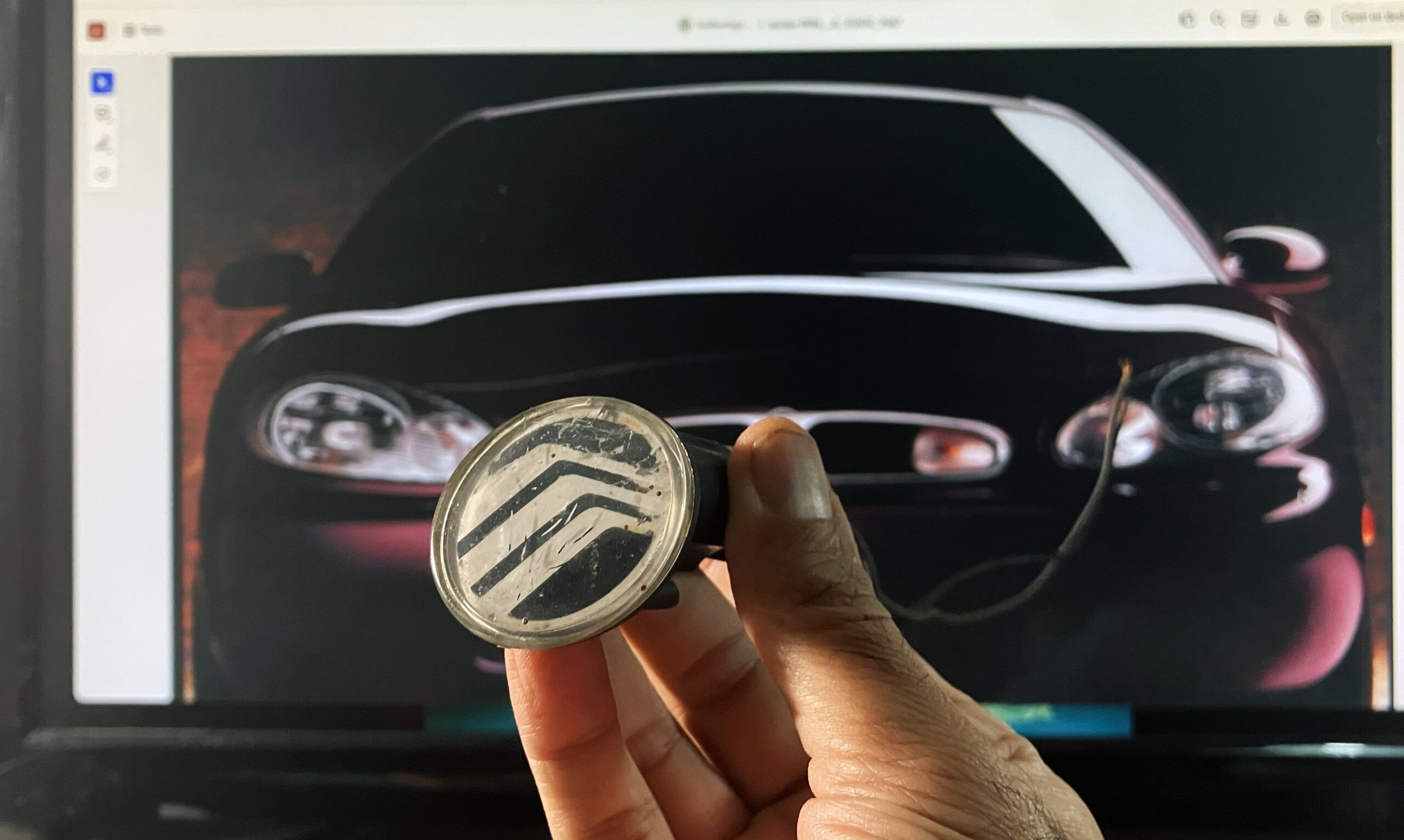 Close-up of the interior of a 1996 Ford Taurus SHO, focusing on the leather seats with stitching detail and the center console.
Close-up of the interior of a 1996 Ford Taurus SHO, focusing on the leather seats with stitching detail and the center console.
Ford’s commitment to reclaiming its leadership in the family sedan segment was so strong that the company even granted a journalist unprecedented access to the development process. The Mercury Sable, the Taurus’s sister model, even boasted a backlight grille emblem, showcasing the investment in premium features. However, financial pressures soon led to the abandonment of many of these costly elements in favor of appealing to fleet managers and improving profitability. This shift culminated in the mid-year launch of the budget-oriented Taurus G trim.
The 1996 Taurus SHO V8: A Performance Sedan with a Trade-off
And then there was the highlight for performance enthusiasts: the third-generation Taurus SHO. This model boasted a V-8 engine, an automatic transmission, and increased weight, marking a significant departure from the earlier SHO models.
Automotive publications like Motorweek lauded the 1996 Taurus SHO, particularly its refined front-end styling that softened the standard Taurus’s more debated “catfish” look. The V-8 powertrain was praised for its smoothness, the ZF variable-orifice power steering for its responsiveness, and the upgraded seats for their support. However, the very attributes that made the 1996 Taurus a more refined family car also somewhat diluted the raw, dynamic character that had defined the SHO lineage.
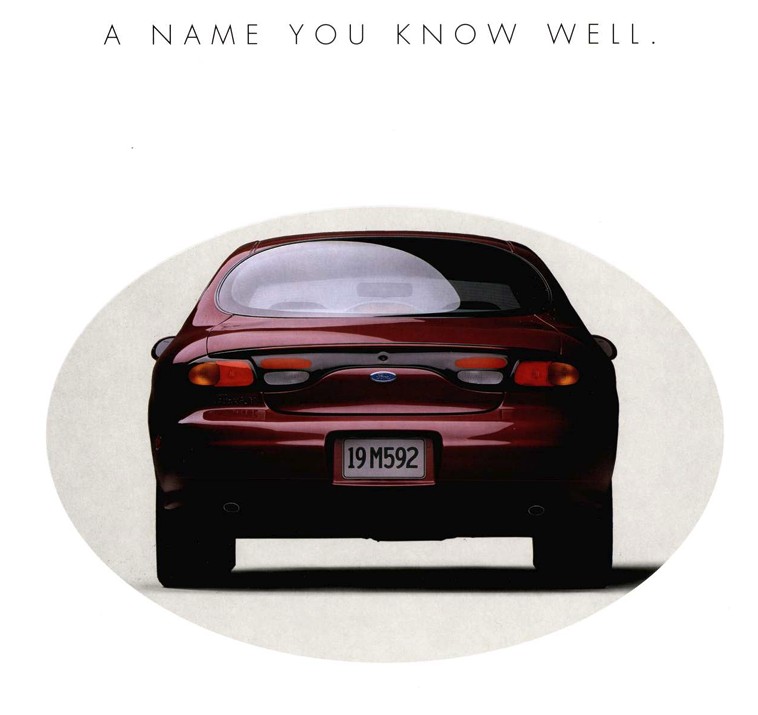 Front three-quarters view of a 1996 Ford Taurus SHO in Rose Mist Clearcoat Metallic, parked in a grassy area, emphasizing its sporty front fascia and wheels.
Front three-quarters view of a 1996 Ford Taurus SHO in Rose Mist Clearcoat Metallic, parked in a grassy area, emphasizing its sporty front fascia and wheels.
Automatic Transmission and the Yamaha V8 in the 1996 SHO Taurus
A common criticism leveled against the V-8 SHO was its exclusive automatic transmission. While purists lamented the lack of a manual option, it’s worth noting that most V-6 SHO models were also sold with automatic transmissions, catering to a broader audience seeking both performance and convenience. Furthermore, the durability of the existing MTX manual transmission with the V-8’s increased torque output was questionable, making an automatic the more pragmatic choice for Ford.
However, the true Achilles’ heel of the third-generation Taurus SHO lay in its Yamaha-engineered V-8 engine.
Cam Sprocket Issues: The Weak Point of the 1996 Taurus SHO V8
While the V-8 engine of the 1996 Sho Taurus delivered a pleasing sound, and could be made to sound exceptional with exhaust modifications, it suffered from a critical flaw: failing cam sprockets. This issue, compounded by the engine’s interference design, led to significant problems and premature failures in many SHO models. This reliability concern is a major point to consider for anyone looking at a 1996 SHO Taurus today.
Despite this significant engine issue, the 1996 Taurus, in general, was arguably a commendable car with understandable shortcomings. Its styling, while conceptually sound, was perhaps too radical for its intended market, inadvertently paving the way for cost-cutting measures in subsequent generations. The move towards cost reduction became increasingly apparent with the fourth-generation Taurus in 2000. The distinctive oval rear window was eliminated, leather seats became less luxurious, and cheaper, hard plastics returned to the interior. These changes collectively made the more reliable and consistently refined Japanese competitors like the Accord and Camry increasingly appealing. The cost-engineered Taurus of later years contributed to the continued success and market dominance of the Accord and Camry.
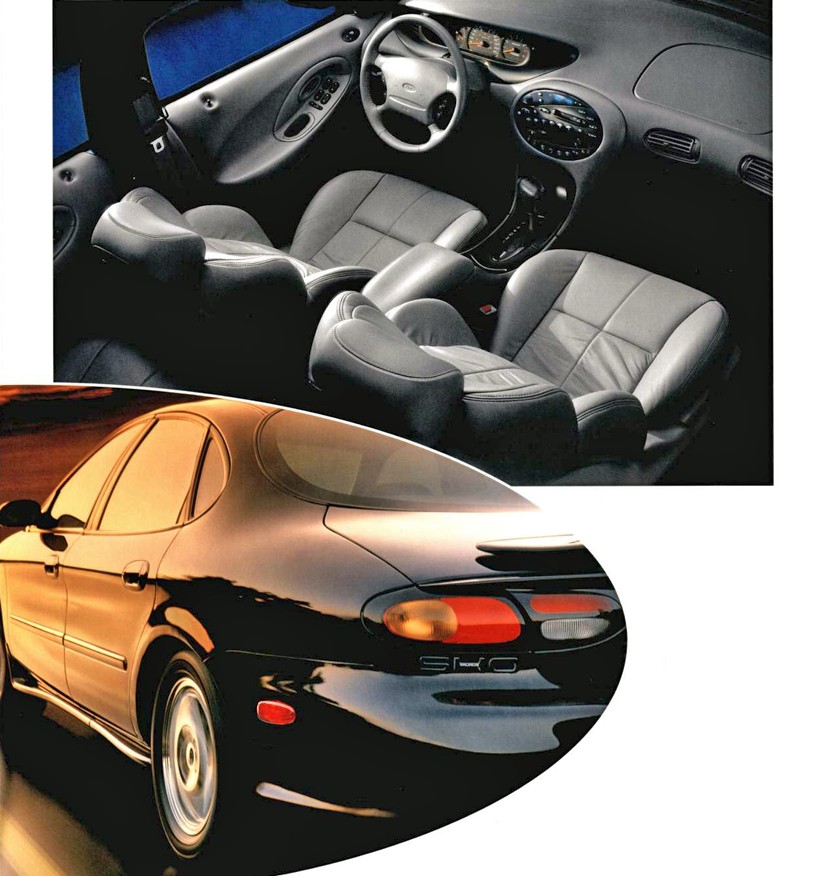 Rear view of a 1996 Ford Taurus SHO in Rose Mist Clearcoat Metallic, highlighting the oval rear window and taillight design.
Rear view of a 1996 Ford Taurus SHO in Rose Mist Clearcoat Metallic, highlighting the oval rear window and taillight design.
In retrospect, the third-generation Taurus’s fate signaled a shift towards global platforms prioritizing cost-effectiveness and broader market appeal over unique, regionally focused designs. While this approach boosted manufacturer profits, it arguably diminished the distinctiveness of North American automotive design, marking the end of an era where cars like the boldly styled 1996 SHO Taurus could emerge. By the late 1990s, automotive individuality in North America became largely confined to trucks and SUVs, making the demise of the uniquely contoured Taurus a somewhat regrettable moment in automotive history.